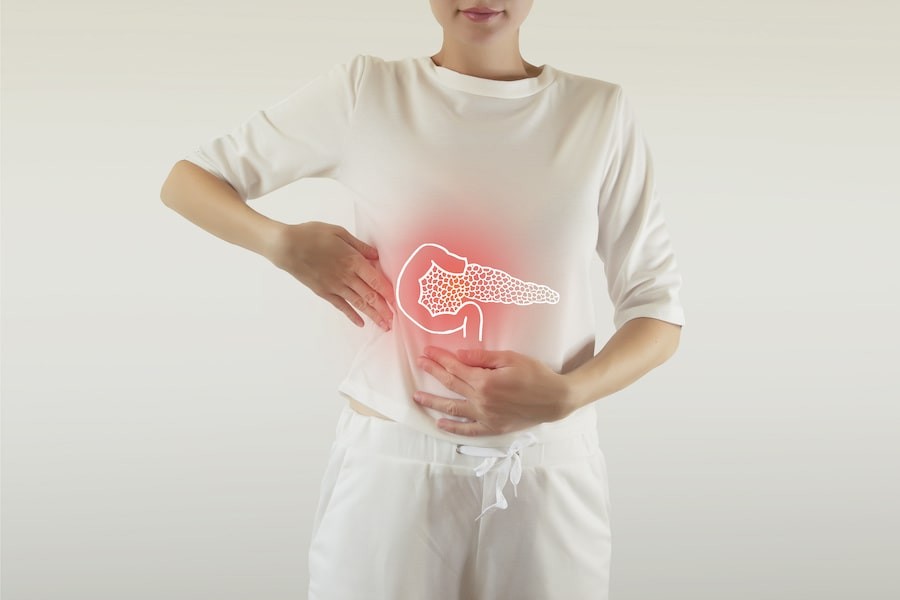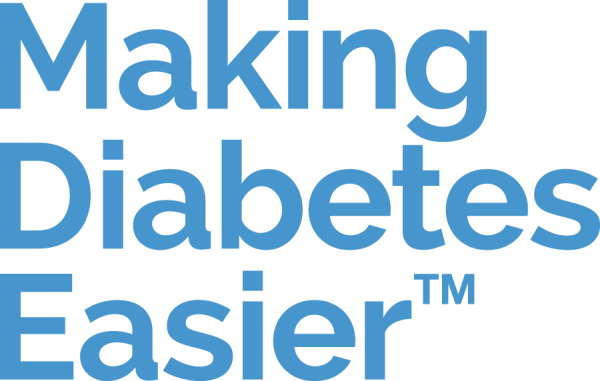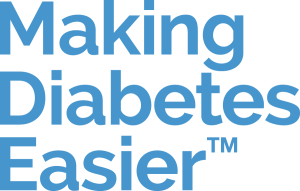What are the symptoms of type 1 diabetes?

Numerous studies have highlighted the difficulties experienced in recognising the symptoms of type 1 diabetes [1,2].
For this reason, educational resources targeting the general public and the medical community are being carried out worldwide to raise awareness of the first signs of type 1 diabetes onset during both childhood and adulthood [1,3].
Symptoms in children
Symptoms of type 1 diabetes in children are quite varied. The most common of these are:
- frequent, high-volume urination (polyuria)
- regular nighttime urination (nocturia)
- excessive thirst (polydipsia)
- weight loss
- extreme fatigue[2,3]
Other signs that are also likely to appear and should immediately sound the alarm are:
- changes in behaviour/mood
- changes in appetite
- abdominal pain
- bad breath
- vomiting
- rapid breathing
- fever
- headache
- changes in the smell of urine
- intermittent incontinence during sleep (nocturnal enuresis) [2].
Parents play a crucial role in their children's diagnosis [1,2]. However, associating symptoms with type 1 diabetes in children is sometimes challenging, even for healthcare professionals [1,2,3]. The first signs are subtle and may initially suggest other common childhood illnesses. This is why it takes, on average, two weeks between the onset of symptoms and diagnosis [1,2].
If treatment is not started quickly, the risk of developing potential complications increases. For young people with type 1 diabetes, the most common and most dangerous of these is diabetic ketoacidosis [2,3].
The increasing prevalence of type 1 diabetes during childhood underlines the importance of developing therapeutic strategies to improve the detection and interpretation of symptoms in children and therefore enable better prevention of potential complications [1,4].
Symptoms in adults
The symptoms of type 1 diabetes in adults are the same as in children, namely:
- excessive thirst (polydipsia)
- frequent urination (polyuria)
- bed wetting
- lack of energy
- extreme fatigue
- excessive hunger or increased appetite (polyphagia)
- sudden weight loss,
- slow wound healing rates
- recurrent infections
- blurred vision [5]
However, symptoms of type 1 diabetes are generally less apparent in adults [5].
Sources
- Juliet A Usher-Smith, Matthew J Thompson, Fiona M Walter. ‘Looking for the needle in the haystack’: a qualitative study of the pathway to diagnosis of type 1 diabetes in children. BMJ Open. 2013 Dec 3;3(12):e004068. doi: 10.1136/bmjopen-2013-004068.
- Juliet A Usher-Smith, Matthew J Thompson, Hannah Zhu, Stephen J Sharp, Fiona M Walter. The pathway to diagnosis of type 1 diabetes in children: a questionnaire study. BMJ Open. 2015 Mar 17;5(3):e006470. doi: 10.1136/bmjopen-2014-006470.
- Brunella Iovane, Antonina Marta Cangelosi, Ilaria Bonaccini, Dora Di Mauro, Chiara Scarabello, Arianna Panigari, Alessandra Tiri, Carla Mastrorilli, Valentina Fainardi, Icilio Dodi, Maurizio Vanelli. Diabetic ketoacidosis at the onset of Type 1 diabetes in young children. Acta Biomed. 2018 Jan 8;89(1):67-71. doi: 10.23750/abm.v89i1.6936.
- Kathleen M Gillespie. Type 1 diabetes: pathogenesis and prevention. CMAJ. 2006 Jul 18;175(2):165-70. doi: 10.1503/cmaj.060244.
- Akram T Kharroubi, Hisham M Darwish. Diabetes mellitus: The epidemic of the century. World J Diabetes. 2015 Jun 25;6(6):850-67. doi: 10.4239/wjd.v6.i6.850.
- Maureen Monaghan, Vicki Helgeson, Deborah Wiebe. Type 1 Diabetes in Young Adulthood. Curr Diabetes Rev. 2015;11(4):239-50. doi: 10.2174/1573399811666150421114957.





